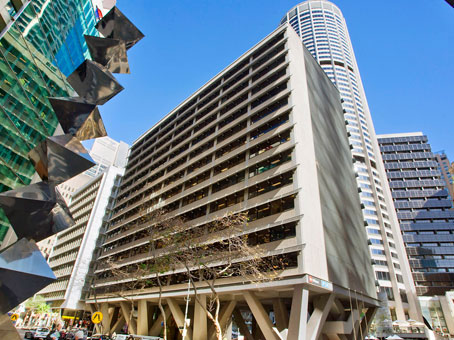
The nation’s office market vacancy rate rose in the past six months, according to the Property Council’s latest Australian Office Market Report.
The report shows the vacancy rate increased from 10.1 per cent in July 2013 to 10.4 per cent in January 2014.
Property Council CEO, Peter Verwer, said “Australia’s offices markets are in transition”.
“The increase in average vacancies and historically low demand reflect lacklustre economic growth over four of the past five years”.
“While the recent Property Council/ANZ property industry confidence survey signalled a shift to greater optimism, this has not yet translated into higher net demand”.
“Demand in Brisbane and Perth, in particular, have directly tracked declining resource prices”.
“The Brisbane CBD recorded the biggest rise in vacancy – from 12.8 per cent to 14.2 per cent – on the back of slowing population growth and an inert resource sector.
“However, there was good news for Canberra and Sydney, with both markets experiencing demand above historical averages.
“The other good news is for Hobart and Melbourne, which both recorded a drop in vacancy rates.”
The Property Council report’s supply projections flag headwinds for Brisbane and Perth, which, over the next four years, will face supply pipelines equivalent to more than 10 per cent of current stock.
Taking Barangaroo into account, Sydney will experience a more modest eight per cent stock increase.
The Property Council noted that based on historical trends, half of this space will be withdrawn from the market.
“Investors are already targeting more buildings for refurbishment and conversion to residential use”.
“Fragile demand dynamics in commercial markets underlines the need for aggressive micro economic reform plans by State and Federal Governments”, Mr Verwer concluded.
Quick Facts
-
Overall vacancy up – Australian office market vacancy increased from 10.1 per cent to 10.4 per cent.
-
Demand negative – half-year net absorption was -28,275sqm, the second consecutive period of negative demand.
-
Vacancy up in most capital cities – Hobart CBD and Melbourne CBD were the only capitals to record a decline in vacancy.
-
Low supply ahead – supply projections to the Australian office market over the next 12 months are below the historical average
Australian CBD vacancy and key indicators
| Market | Vacancy rate, Jan 14 (%) |
Vacancy rate Jul 13 (%) |
Supply Additions, 6 months to Jan 14 (sqm) |
Withdrawals, 6 months to Jan 14 (sqm) |
Net Absorption, 6 months to Jan 14 (sqm) |
| Hobart CBD* | 7.3 | 9.4 | 0 | 2,419 | 5,297 |
| Melbourne CBD | 8.7 | 9.8 | 29,344 | 75,532 | 4,512 |
| Sydney CBD | 9.0 | 8.9 | 49,510 | 8,748 | 33,289 |
| Perth CBD | 9.0 | 6.9 | 5,904 | 7,002 | -33,938 |
| Darwin CBD* | 11.6 | 8.0 | 4,034 | 0 | -3,910 |
| Adelaide CBD | 12.4 | 12.1 | 30,566 | 18,468 | 5,818 |
| Canberra | 12.9 | 12.0 | 75,970 | 5,896 | 42,484 |
| Brisbane CBD | 14.2 | 12.8 | 6,512 | 12,048 | -34,698 |
| Total (all CBD markets): | 10.4 | 10.1 | 201,840 | 130,113 | 18,854 |
* Figures relate to annual changes
Find out more here. https://www.propertyoz.com.au/Advocacy/Policy.aspx?p=69&id=72